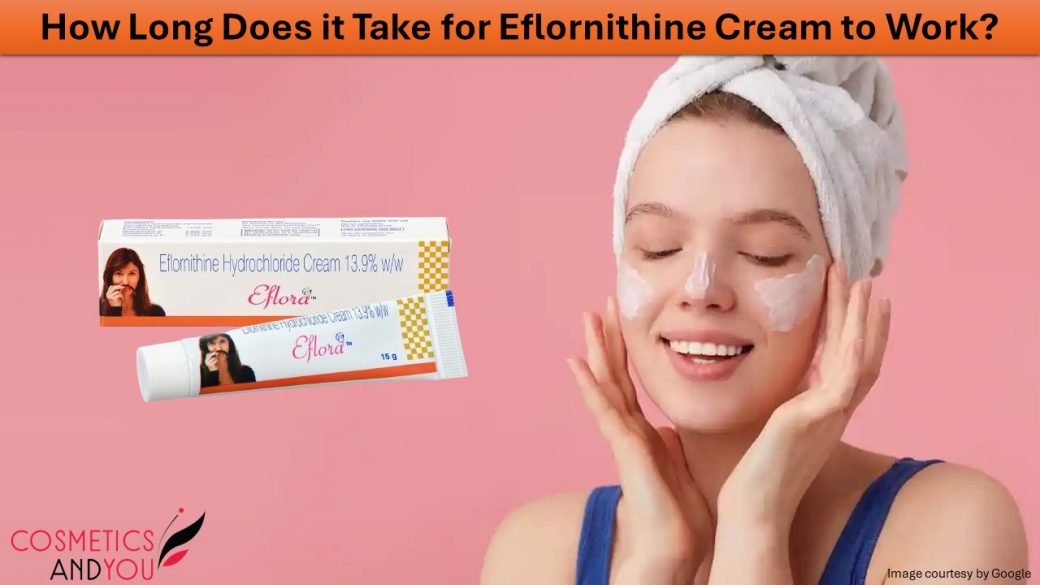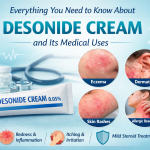Eflornithine is prescribed for the reduction of unwanted facial hair in females. A patient using Eflornithine should notice improvement within six months of starting treatment. Your dermatologist will likely ask to discontinue treatment if no results are seen.
What is Eflornithine?
Certain hormonal disorders in females can contribute to the growth of thick or dark facial hair, called hirsutism. Hirsutism can also be an adverse effect of taking certain medications. Unwanted facial hair is a common issue among women, and it can profoundly impact their quality of life. Laser photoepilation has emerged as a primary treatment modality for excess facial hair in women. Patient satisfaction with Eflornithine results can increase, but multiple treatments are required.
Lasers are only effective in removing 50 to 90 per cent. Furthermore, laser treatment is an extremely expensive option, and while its safety profile is generally favourable, pigmentary changes and other side effects can occur. Eflornithine cream, sold under the brand name Eflora, is another therapeutic option for reducing unwanted facial hair in women. It happens either because androgen levels, such as testosterone (the male sex hormone), are increased or because the skin has become more sensitive to these hormones. When applied to the skin, Eflora cream blocks the activity of an enzyme in hair follicles involved in hair production. It can be used in combination with laser treatment to help reduce the rate of unwanted facial hair growth in women with this condition.
How to use it?
A thin layer of Eflora cream is applied to the affected areas twice a day, with at least 8 hours between applications. The topical medication should be rubbed thoroughly, and the treated area should not be washed for at least four hours. The other hair-removal methods the patient is using should be continued with Eflora cream. Sunscreens and other cosmetics can be applied after the topical medication has dried.
How long does it take to reverse hirsutism?
Eflora cream reduces facial hair growth in females, irrespective of the cause of this hair growth. It is not meant to remove excess hair, but it slows excessive hair growth. Hair volume is reduced, making the hair finer and less noticeable. Eflora cream increases the frequency of hair removal with other methods, and it can be used alongside other hair removal techniques, including waxing, shaving, and tweezing. The topical formulation is specifically used to remove facial hair only. However, using this medicated cream extensively in areas other than the face may increase its systemic exposure and thus the risk of side effects. Hence, Eflora cream should only be applied on the face and under the chin. Some patients improve significantly within 4 to 8 weeks of treatment or longer. It is suggested that treatment be discontinued after 6 months if no visible improvement is observed. Once the treatment is stopped, improvement in hair appearance will be lost within about 8 weeks, so ask your doctor about its long-term use to keep facial hair at bay. White hair that does not respond to Laser can be treated with Eflora cream. Laser therapy is more efficacious than laser treatment alone.
What are the special warnings and precautions?
Patients using Eflornithine should receive the following instructions:
- This formulation should be used at the prescribed dose and duration.
- Don’t share this cream with anyone else, even if they have the same symptoms. Ask them to consult a doctor first to check if they are the right candidate for using this medicine.
- The topical medicine is not a depilatory but rather appears to retard hair growth to improve the condition and the patient’s overall appearance. Patients will likely need to continue using other hair removal methods, including shaving and plucking with Eflora cream.
- In the 24-week research trials, improvement was observed as early as 4 to 8 weeks of treatment. The condition may return eight weeks after treatment discontinuation.
- You may be advised to reduce the application if skin irritation or intolerance develops. If irritation persists, the patient should discontinue use of this product.
- Inform your doctor if you are pregnant or breastfeeding. He will suggest whether you should use this cream under these conditions.
- Inform your doctor about all topical medicines you may be using to avoid drug interactions.
What are the side Effects?
Treatment-associated side effects of Eflornithine include acne, stinging skin, pseudofolliculitis barbae, dryness, headache, burning skin, rash, and folliculitis. A few more reported include facial edema, nausea, anorexia, ingrown hair, contact dermatitis, herpes simplex, rosacea, asthenia, cheilitis, contact dermatitis, and bleeding.
The mild side effects usually resolve without medical treatment or stopping eflornithine hydrochloride. Eflora cream should not be used in patients who are sensitive to any of the formulation’s ingredients.
Conclusion
Eflornithine is safe to use with laser hair removal procedures and promotes more rapid hair removal when combined with laser therapy. Patients demonstrate a clear preference for treatment with Eflornithine and Laser. White hair that fails to respond to laser treatment can be treated with Eflora cream. Laser treatment is recommended with this hair removal medication. Consult your dermatologist to determine the treatment you should follow for your facial hirsutism.





